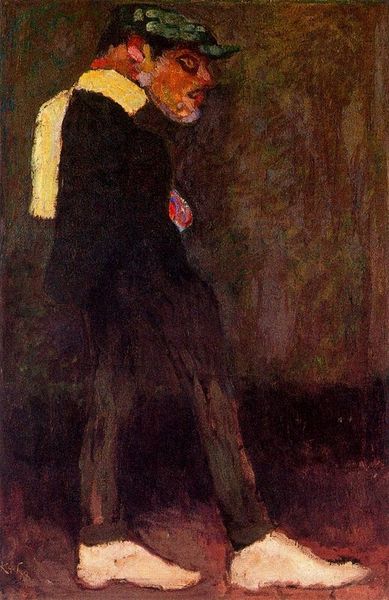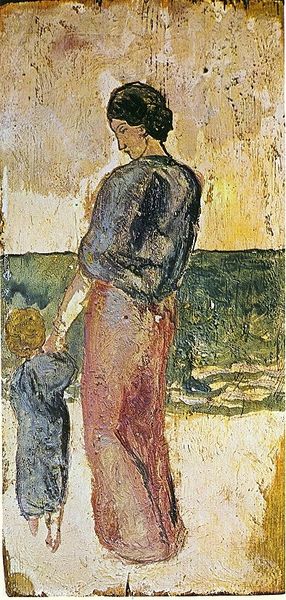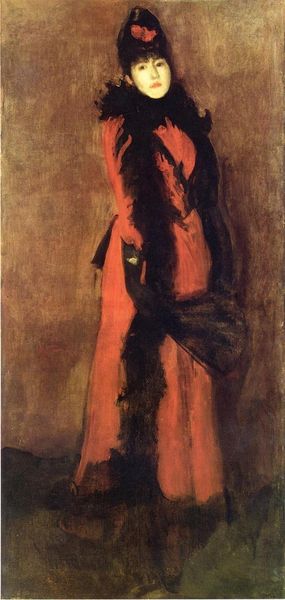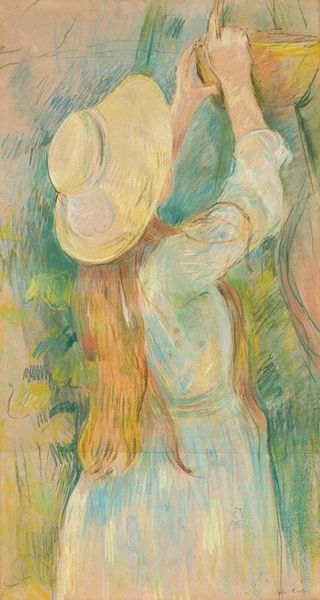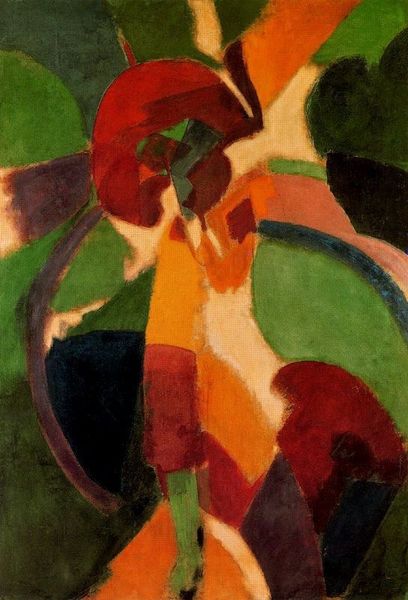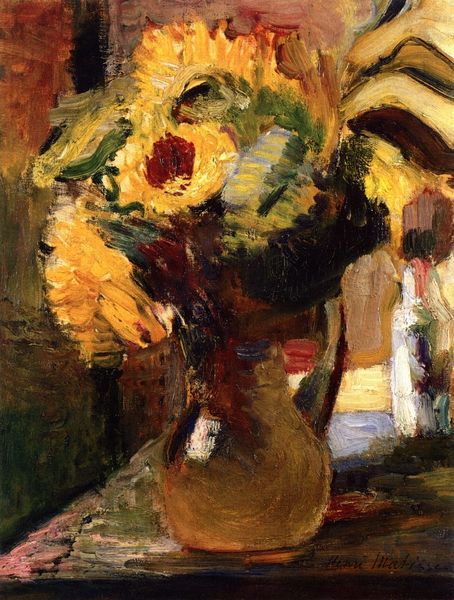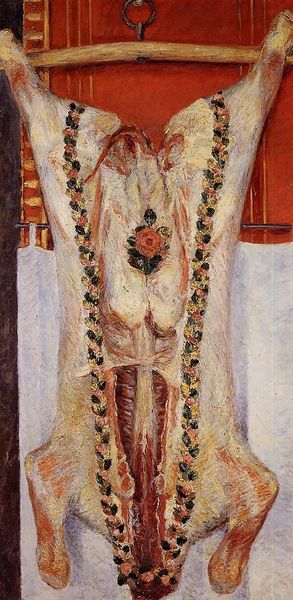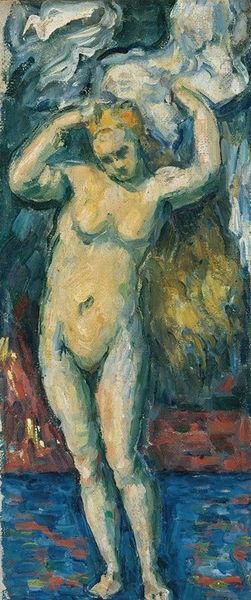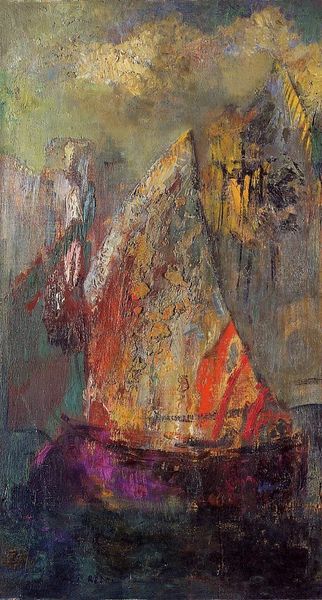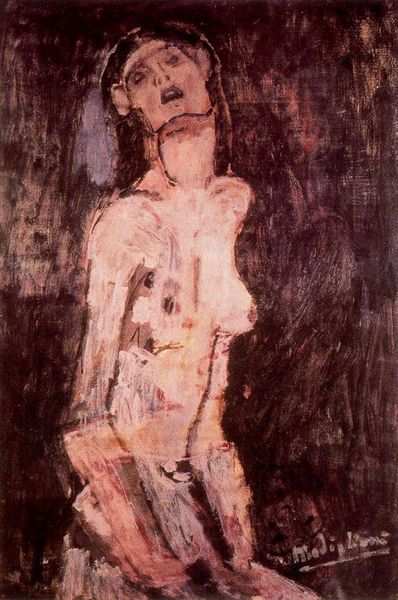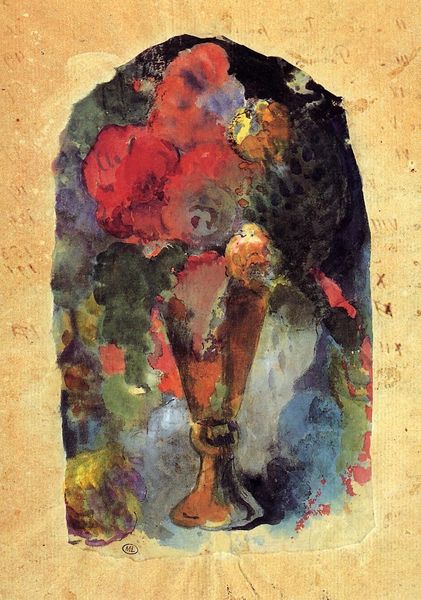
oil-paint
#
portrait
#
self-portrait
#
oil-paint
#
german-expressionism
#
figuration
#
oil painting
#
famous-people
#
male-portraits
#
expressionism
#
history-painting
#
nude
#
expressionist
Copyright: Public domain
Curator: Egon Schiele’s “Prophets (Double Self Portrait),” painted in 1911, offers us a rather intense viewing experience. Editor: Intense is an understatement. It's downright unsettling. The harsh palette and skeletal figures give a chillingly intimate peek at mortality, even decomposition. Look at the layering, the palpable application of paint. You can almost smell the linseed oil. Curator: The dynamism lies in Schiele's deliberate manipulation of form and color. Notice how the elongated figures are confined within a shallow pictorial space, heightening the sense of unease and psychological tension. The repetition of form contributes to the rhythmic unity of the work. Editor: Agreed. And consider the act of self-representation here, amplified and duplicated. It feels laborious. You sense the physical effort required to lay down such textured paint, creating not just an image, but an almost sculptural object. It goes beyond simple portraiture. Curator: Indeed, it is less about external likeness and more about an interior state. The eyes are heavily emphasized, functioning almost as symbolic windows into the soul. The angularity of the bodies further conveys a sense of fragility. Editor: The earth tones feel grounded, like pigments derived directly from the soil. You see evidence of his process, of revision, and I wonder about Schiele's mindset. The materials themselves play a role. I question the narrative implied here of both his art and existence. What did creation mean in this era? Curator: A pertinent question. His employment of the oil paint, pushed to its expressive limits, reflects his rejection of academic conventions and search for authentic emotional expression. A liberation found within the constraint. Editor: I'll carry with me an increased interest in this artist's dedication to, and subversion of, the traditional boundaries between representation and material presence. Curator: And I am again impressed with the inherent complexities of such simple, structural artistic decisions.
Comments
No comments
Be the first to comment and join the conversation on the ultimate creative platform.
